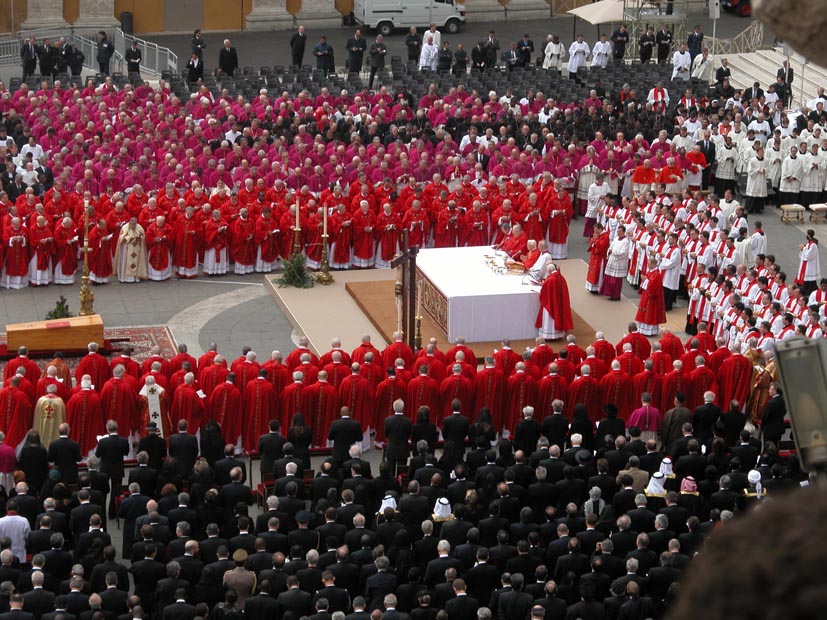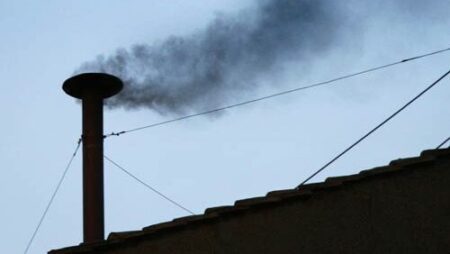With the world still reeling from the passing of Pope Francis on Easter Monday at the age of 88, attention now turns to the Vatican and the secretive, centuries-old process by which the Catholic Church selects its next spiritual leader. The death of the first Latin American pope has set in motion the ancient and meticulously choreographed ritual known as the conclave—a process that captivates not only the 1.3 billion Catholics worldwide but also millions of observers beyond the Church.
The death of Pope Francis: End of an era
Pope Francis, born Jorge Mario Bergoglio, died at 7:35 a.m. on 21 April 2025, after suffering a stroke and heart failure, following a period of declining health. His papacy was marked by humility, a focus on the poor, and efforts to reform the Church, often in the face of significant resistance. As the Church enters a period of mourning, the wheels of tradition and governance begin to turn toward the election of his successor.

What happens after a pope dies?
Immediately after the pope’s death, the governance of the Church passes temporarily to the College of Cardinals, with the camerlengo—currently Cardinal Kevin Farrell—overseeing the administration of the Holy See. The pope’s apartments are sealed, and preparations for the funeral and nine days of official mourning, known as the Novendiales, commence.
The conclave, the election process for a new pope, must begin between 15 and 20 days after the papal seat becomes vacant, allowing time for cardinals from around the world to travel to Rome. This period also provides space for prayer, reflection, and the logistical arrangements necessary for the gathering.
Who gets to vote—and who can be pope?
While, in theory, any baptised Catholic male could be elected pope, for over 600 years the choice has always come from the College of Cardinals—the Church’s most senior officials. Only cardinals under the age of 80 are eligible to vote in the conclave. As of April 2025, there are 135 cardinal electors, a diverse body reflecting Pope Francis’s global vision for the Church.
The conclave: secrecy, ritual, and decision
Gathering at the Vatican
The conclave takes place in the Sistine Chapel, beneath Michelangelo’s famed frescoes, in an atmosphere of intense secrecy and solemnity. Before the doors are sealed, the cardinals attend a special Mass, invoking the guidance of the Holy Spirit. They process into the chapel, singing hymns and taking an oath of secrecy—any breach of which can result in excommunication.
The master of papal liturgical celebrations then utters the dramatic command, “Extra omnes!” (“Everyone out!”), and the doors are locked. From this moment, the cardinals are cut off from the outside world—no phones, no media, no contact of any kind.
The voting process
The cardinals cast their votes in secret, writing the name of their chosen candidate on a ballot and placing it in a chalice or urn at the altar. Each day, up to four rounds of voting can take place—two in the morning, two in the afternoon. A candidate must receive a two-thirds majority to be elected pope.


After each round, the ballots are burned in a stove within the chapel. Chemicals are added to produce either black smoke (no decision) or white smoke (a new pope has been chosen), which billows from the chapel’s chimney to signal the outcome to the crowds gathered in St. Peter’s Square and to the watching world.
If no one is elected after several days, the process pauses for prayer and reflection, and further rounds continue. In rare cases, a runoff between the top two candidates may be held.
Secrecy and security
The conclave’s secrecy is legendary. The Sistine Chapel is swept for electronic devices, and strict protocols are enforced to prevent leaks. This shroud of mystery is part of what makes the conclave so compelling to both Catholics and non-Catholics alike.
The moment of decision: “Habemus papam”
When a cardinal finally secures the required majority, the dean of the College of Cardinals asks him if he accepts the election and what papal name he will take. The new pope is then dressed in papal white and led to the balcony overlooking St. Peter’s Square.
There, the senior cardinal deacon announces to the world, “Habemus papam” (“We have a pope”), and the new pontiff appears to give his first blessing as Bishop of Rome.
Conclave process reference table
| Step | Details |
|---|---|
| Mourning Period | Novendiales: 9 days of mourning after pope’s death |
| Who Votes | Cardinals under 80 (135 in April 2025) |
| Where | Sistine Chapel, Vatican City |
| Voting Rounds | Up to 4 per day; secret ballots; 2/3 majority required |
| Signals | Black smoke = no decision; white smoke = new pope elected |
| Announcement | “Habemus Papam” from St. Peter’s balcony |
What’s next for the Catholic Church?
The upcoming conclave, expected to begin in May 2025, will be watched with intense interest as the Church decides its future direction. Pope Francis’s legacy of reform and outreach to the margins has shaped the current College of Cardinals, making this one of the most globally representative electorates in history. Speculation is rife about who will emerge as the 267th pope, with candidates from Africa, Asia, and the Americas among the frontrunners.
Why the conclave captures the world’s imagination
The conclave is more than just a religious ritual—it is a moment when history, faith, and mystery converge. The sight of white smoke rising above the Vatican signals not just the election of a new leader, but the beginning of a new chapter for the world’s largest Christian community.
As someone who has watched these events unfold before, I can’t help but feel a sense of awe at the weight of tradition and the hope that accompanies the selection of a new pope. In a world hungry for meaning and leadership, the conclave remains one of the most powerful and enduring spectacles of our time.
For ongoing updates on the conclave and the future of the Catholic Church, stay tuned to The Urban Herald—your source for fresh, insightful coverage of urban culture, lifestyle, and current events.



